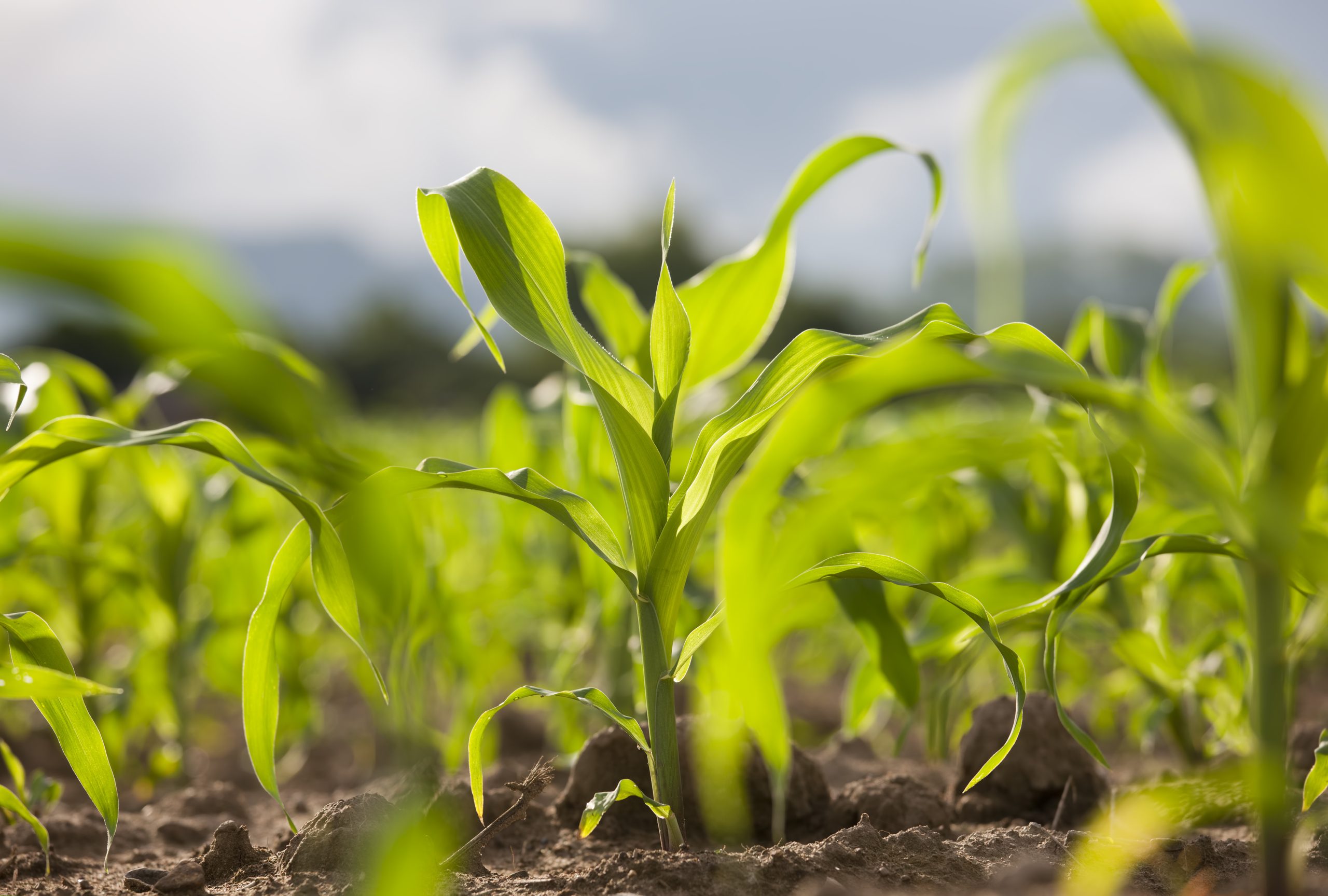Tag Archives crop rotation

The next step for cover crops
Researchers with long-term trials looking at productivity benefits

Hay and forage can help ease organic transition
A program in eastern Ontario aims to help farmers going through the three-year period before certification

Editorial: Still lots to know about mechanisms of soil health

Paquette Farms wins conservation award
Farm uses minimal-impact tillage and pays attention to precision nutrient application

Ontario producers told to make way for hay
More forage in a crop rotation helps improve soil health

A good forage stand requires agronomic base
Keys to success include planting at right time, proper seed bed, seed placement, quality seed and weed control

Interpretive centre heading into fourth season with lysimeters
Unique sensors help collect data points to determine soil health
Pest lessons learned in the 2019 Ontario crop year
Ontario Field Crop Report for the week of September 23

Balance needed between crop rotation, profit and productivity
Simple rotations are easier, but long-term profitability may be tied to longer rotations

Keeping cool under cover a benefit of cover crops
American farmers use cover crops to moderate soil temperature



